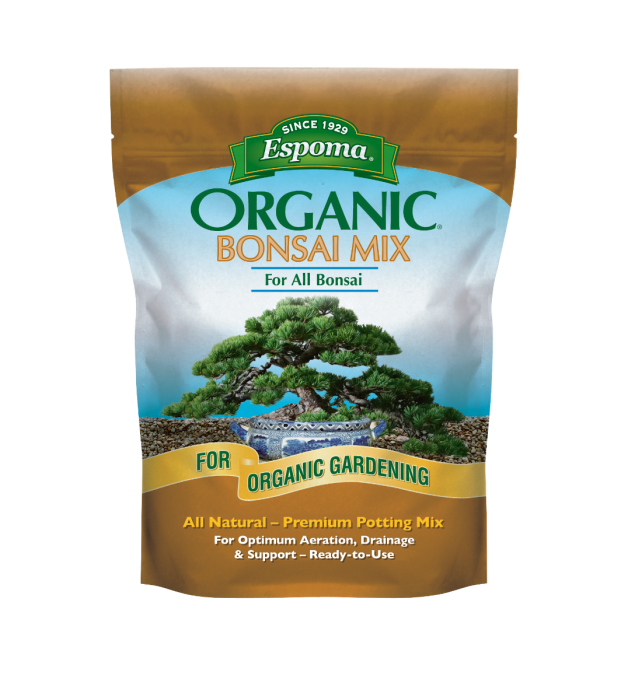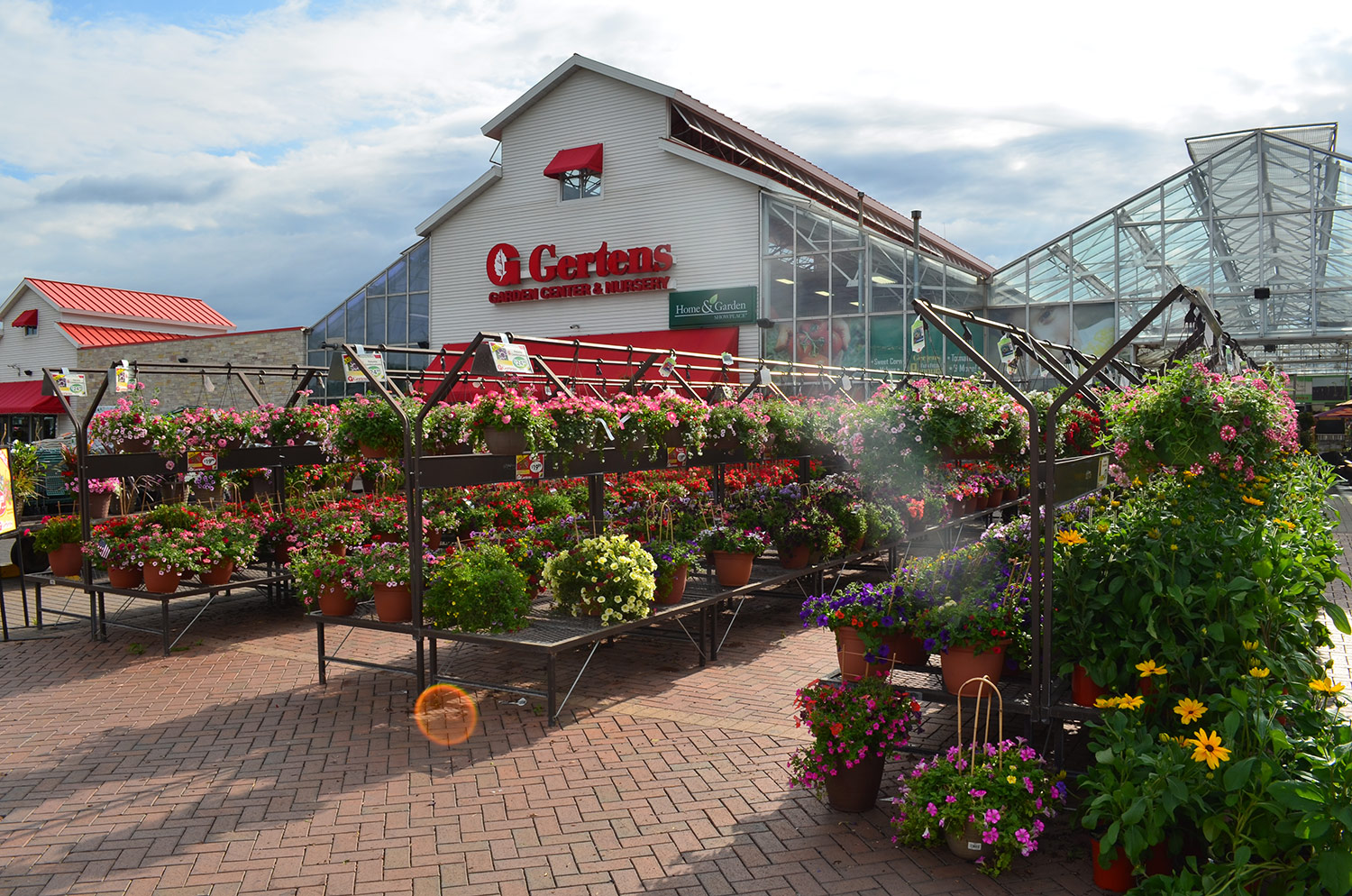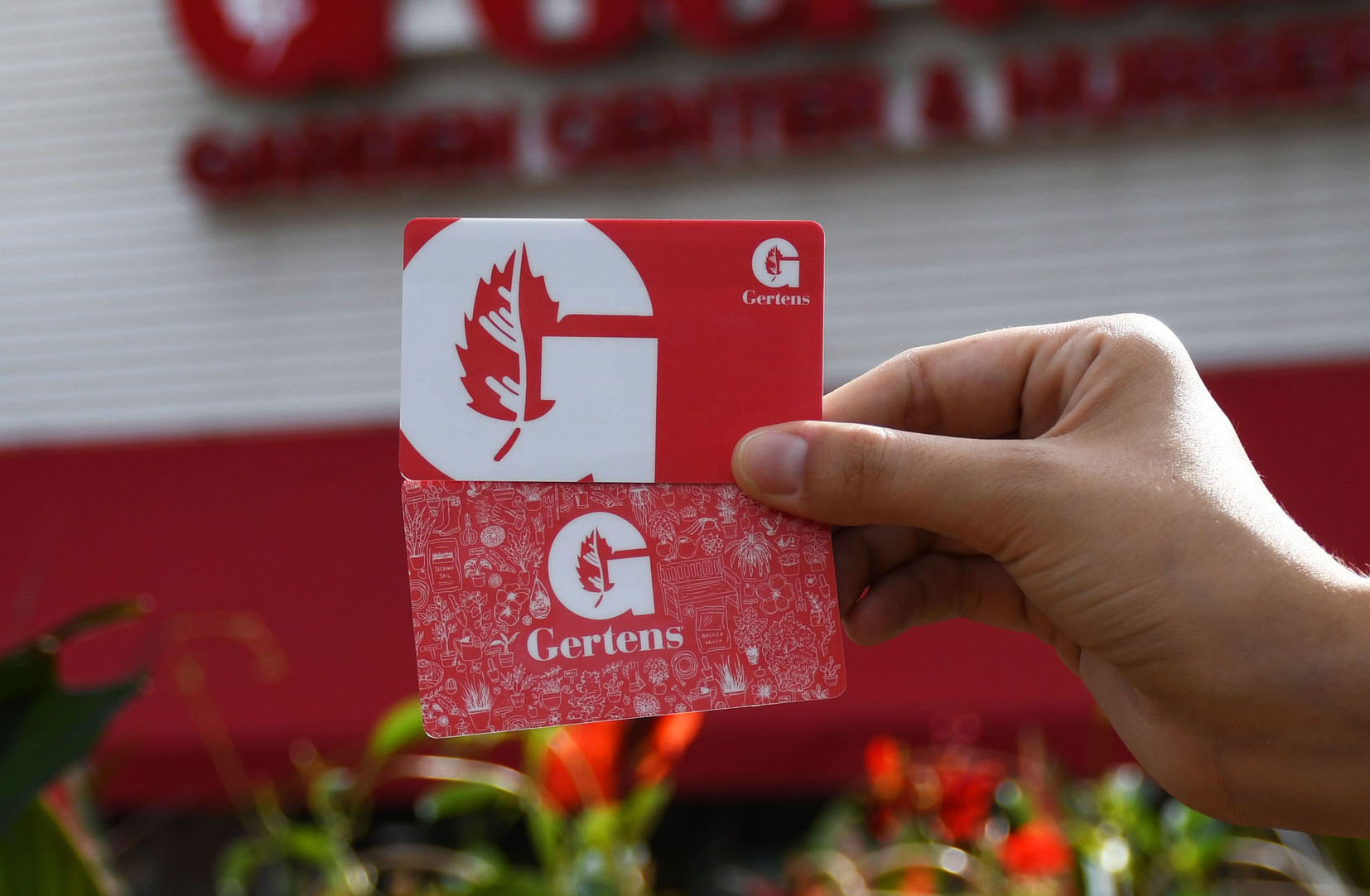Espoma Organic Bonsai Mix - 4 Qt.

Description
Espoma Organic Bonsai Mix is a blend of the finest natural ingredients including Calcined Clay and Expanded Shale. Specially formulated for all Bonsai, it helps improve moisture retention and aeration so roots can grow and plants can thrive. All natural potting mix. Ready to use – no mixing. Provides optimum aeration & drainage. For all Bonsai
Minnesota's Destination Garden Center
Gertens is one of North America’s largest garden centers and home to Minnesota’s largest selection of annuals, perennials, natives, houseplants, trees, shrubs, and evergreens. We’ve been “Growing in the Grove” in Inver Grove Heights since 1921 and our campus now covers over 100 acres of shopping and growing facilities. Gertens is still a family-owned business with a focus on giving customers the ability to buy high-quality plants and trees directly from a local grower. After all, IT'S ONLY NATURAL TO BUY FROM THE GROWER.
Details
Espoma Organic Bonsai Mix is a blend of the finest natural ingredients including Calcined Clay and Expanded Shale. Specially formulated for all Bonsai, it helps improve moisture retention and aeration so roots can grow and plants can thrive. All natural potting mix. Ready to use – no mixing. Provides optimum aeration & drainage. For all Bonsai
FOR USE ON: Potting Mix for all Bonsai
WHEN TO USE: Early Spring is the best time to repot. Bonsai are grown in small containers which can become filled with roots restricting the plants ability to take water and nutrients from the soil. Lifting the plant out of the container you may find the roots in a circular pattern and there may be a dense root mass with little soil around the edges and at the bottom. When you notice this, it is time to repot and prune roots. Some varieties will need to be repotted every 2-3 years; others can go as long as 5 years.
HOW TO APPLY: Early Spring is the best time to repot. Bonsai are grown in small containers which can become filled with roots restricting the plants ability to take water and nutrients from the soil. Lifting the plant out of the container you may find the roots in a circular pattern and there may be a dense root mass with little soil around the edges and at the bottom. When you notice this, it is time to repot and prune roots. Some varieties will need to be repotted every 2-3 years; others can go as long as 5 years. What you may need: Container (New or original) with drainage hole in bottom. Espoma Organic Bonsai Mix. Sharp scissors. Root rake (cultivator). Planting stick Mesh square to cover drainage & wire.
How to repot: Many Bonsai are wired into their container and this will need to be removed. Carefully remove the Bonsai from the container. Use the root rake to loosen the outer root mass and separate 1/3 to 1/2 of roots from center. Use sharp scissors to gently trim off the exposed portions of roots. You will be left with a compact root ball for planting. Place a wire mesh screen over the drainage hole to retain Bonsai Mix. If desired place wire through holes in container bottom and position to reattach after completion. Add a layer of the mix to the bottom of the container. Place the trimmed Bonsai in the container and inspect for height and growth orientation. If necessary, add more mix to raise plant height in container. With orientation set add the mix around the roots to fully fill the container. Press mix down with fingers and planting stick to eliminate air pockets. Rewire the Bonsai to the container.
- Watering: Water thoroughly after repotting and place the plant in a protected space out of sun and wind. Check daily for moisture and water if required. In 2 to 4 weeks the Bonsai can return to its’ former growing location.
- Feeding: Feed Bonsai with Espoma Indoor! liquid plant food 6 – 8 weeks after repotting.
More Information
| Brand | Espoma |
|---|


